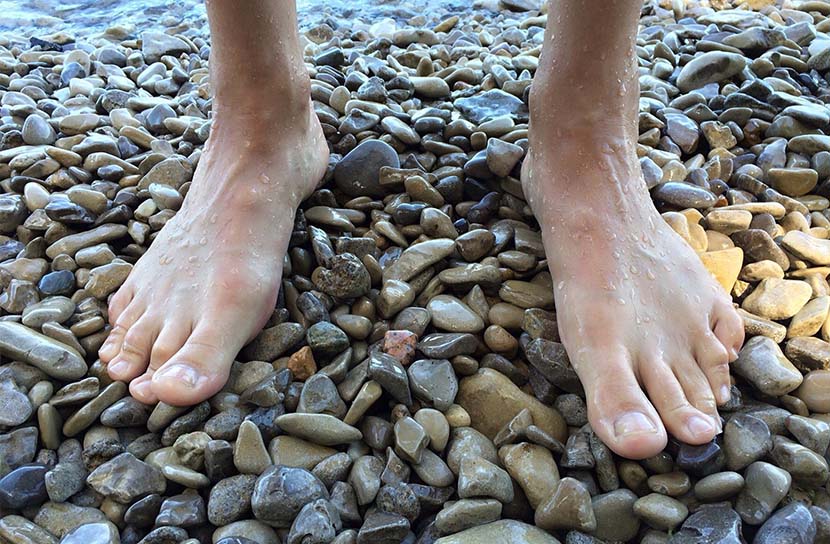Flat Feet Treatment: Understanding Causes and Effective Options for Optimal Foot Health
Flat feet, also known as fallen arches, can lead to a variety of foot problems and discomfort. Understanding the causes and exploring effective flat feet treatment options is crucial, here we will discuss its impact on foot mechanics, and highlight essential treatment approaches that can improve foot function and alleviate associated symptoms.
What Are Flat Feet?
Flat feet occur when the arches of the feet are lower or absent, causing the entire foot to make contact with the ground. This can be a result of genetics, foot injuries, or the weakening of the supportive structures that maintain the arches.
Common Symptoms and Challenges:
Individuals with flat feet may experience symptoms such as foot pain, fatigue, swelling, instability, and difficulty finding comfortable footwear. Flat feet can also contribute to biomechanical issues, affecting the alignment and function of the entire lower body.
Understanding Foot Mechanics:
Flat feet alter the distribution of forces during walking and other weight-bearing activities. This can lead to overpronation (excessive inward rolling of the foot), which can put stress on the ankles, knees, hips, and spine. Understanding these mechanical changes is essential for effective treatment.
Flat Feet Treatment Approaches:
Physical Therapy and Exercise:
a. Physiotherapy plays a pivotal role in the treatment of flat feet. A qualified physiotherapist can assess foot mechanics, muscle imbalances, and prescribe specific exercises to strengthen the foot and ankle muscles, improve stability, and promote proper alignment.
b. Orthotic Devices: Custom orthotic inserts or shoe modifications can provide additional support to the arches, redistribute forces, and enhance foot alignment. These devices are designed to fit the unique needs of individuals with flat feet, providing comfort and improving foot function.
c. Footwear Recommendations: Choosing appropriate footwear is crucial for individuals with flat feet. Supportive shoes with good arch support, cushioning, and stability can help alleviate symptoms and promote proper foot mechanics. Avoiding high heels and shoes with minimal support is advisable.
d. Pain Management Techniques: In cases where flat feet cause pain and inflammation, pain management techniques such as ice therapy, anti-inflammatory medications, and massage may provide temporary relief. However, addressing the underlying biomechanical issues is essential for long-term improvement.
e. Gait Analysis and Biomechanical Correction: A comprehensive gait analysis by a physiotherapist can identify abnormal movement patterns and biomechanical issues associated with flat feet. This analysis can guide the development of a personalized treatment plan, including corrective exercises and techniques to optimize foot function and overall body alignment.
Long-Term Foot Health and Prevention:
Consistency in treatment and foot care is crucial for long-term foot health. Regular stretching, strengthening exercises, and maintaining a healthy weight can help prevent the progression of flat feet and minimize associated symptoms.
Flat feet can cause discomfort and affect overall foot function. Understanding the causes and available treatment options is essential for managing symptoms and improving foot mechanics. With the guidance of a skilled physiotherapist, incorporating physical therapy, orthotic devices, proper footwear, and pain management techniques can contribute to optimal foot health and enhance overall well-being. Start your journey towards better foot function and a pain-free lifestyle by seeking professional care and implementing effective treatment strategies for flat feet.


2 thoughts on “Flat Feet Treatment”
Hey Team, I have been experiencing some knee pain on the right knee in the last two weeks, it is more painful during the night when I’m sleeping and the pain is there first thing in the morning. It’s giving me lots of sleepless nights as the pain is there and the discomfort.
No worries, we shall sort this out on your next booking.